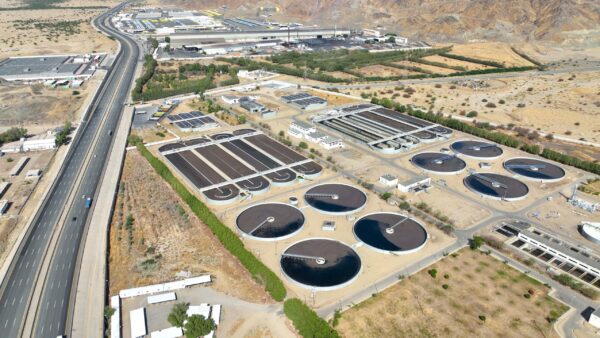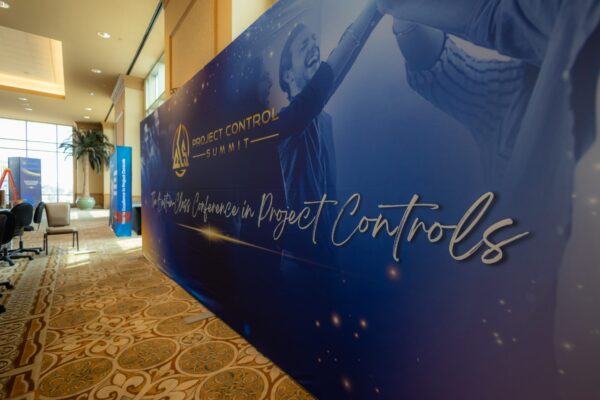
July 27, 2025 | Articles
The Infrastructure Puzzle: Robert Regalado’s Wholistic Business Development Approach

Hill International played a major role in the development of the $3.3 billion Expo 2017 in Astana which opened on June 9. More than 100 countries and over 20 major international organizations are expected to participate in the event that will run from June through September 2017 and will likely attract more than 3 million visitors to the pavilions and the exhibition. Expo 2017 is at the heart of Kazakhstan’s drive to showcase itself as an emerging nation in Central Asia on the back of its huge hydrocarbon wealth. “There is absolutely no doubt that this mega event will put Kazakhstan in a different league,” said Serdar Gucar, managing director of Turkey and CIS for Hill International. “This is an internationally-important project and despite the low oil prices that resulted in governmental budget cuts, funding for the project is still being maintained.”
Working closely with the main contractor, Sembol Corp, Hill was project manager for the core components of the Expo compound, including iconic buildings like the sphere, he said. The Astana Expo City 2017 was divided into two phases that will include 97 exhibition and cultural pavilions, a residential development, service areas like shopping, socio-cultural, educational and civic facilities and parks and parking spaces. Phase 1, or the ‘Expo Mode’ entailed the construction of the exposition buildings, including the central Kazakhstan pavilion, theme, corporate and international pavilions, as well as hotel, retail, art and performance areas. It included the construction of a series of buildings that act as a “covered city” providing residential, retail and office spaces. Phase 1 serves the Expo and its visitors. Keeping in mind the theme of the expo of “Future Energy,” the buildings were constructed to take advantage of their site location. “Everything in the residential development, from the street grid rotation, the block size and the distribution of building mass was developed through a series of studies to reduce energy use, improve comfort levels and increase energy harvesting for each unit,” according to Adrian Smith + Gordon Gill architecture, the design consultant for the Expo. The second phase, or the ‘Legacy Mode,’ will deliver buildings to be converted into an office and research park, attracting international companies and entrepreneurs. The Expo parking and service zones will be converted into integrated neighborhoods including an additional 700 residential units, besides office, hotels, local markets and civic and educational institutions.
“The sphere, which contains 12,000 tons of steel, is by itself an innovation. The curved facade is made in Italy and the sphere includes solar photovoltaic panels,” Gucar said, noting that the whole project came with its share of challenges that are being tackled. “These facilities are extremely complex and special construction techniques were required. The severe winter and the tight time schedule were other challenges.” In particular for the sphere, each piece of glass that weighed 800 kgs required the use of speciality lifting arrangements to mount them to the lower hemisphere. New building regulations that required old Soviet styles to be combined with modern Western standards was another unique challenge. “Typically for a project like the Expo 2017 that involves multi-national contractors, architects and design consultants, co-ordination is a major challenge,” Gucar said. About 250 local companies are at work on the site. “This is a great accomplishment for us and Expo 2017. It is the most prestigious project of Kazakhstan and we are proud to be part of it,” he said.
Link to opening ceremony video feed
Share

July 27, 2025 | Articles
The Infrastructure Puzzle: Robert Regalado’s Wholistic Business Development Approach

July 13, 2025 | Articles
Tech-Forward Contracting: A Much-Needed Construction Solution

June 23, 2025 | Articles
Jeffrey Hurley Joins Hill’s Northern California Rail Practice

June 23, 2025 | Articles
Ready, Set, Grow: First VP Chad Koelling Takes Charge of Hill’s Mountain West Region

June 8, 2025 | Articles
PMO in Saudi Arabia: The Holistic Approach to Realizing a National Mega-Portfolio

June 1, 2025 | Articles

May 26, 2025 | Articles

May 12, 2025 | Articles
Keeping Your Water/Wastewater Programs Flowing with Public Relations